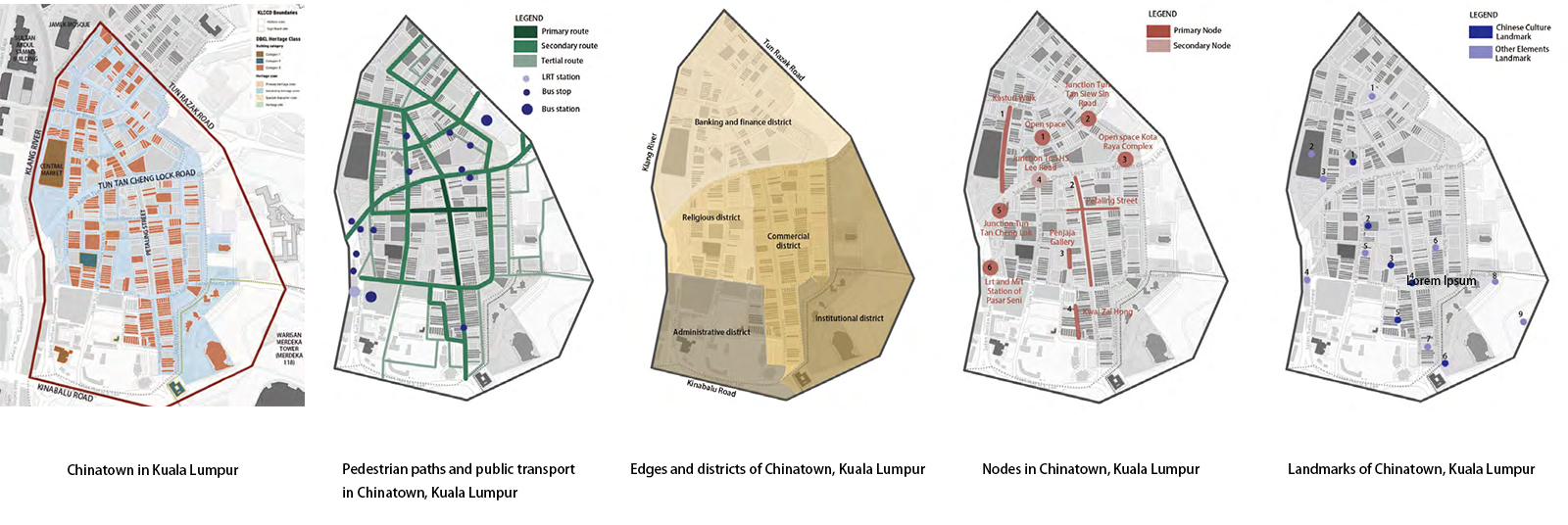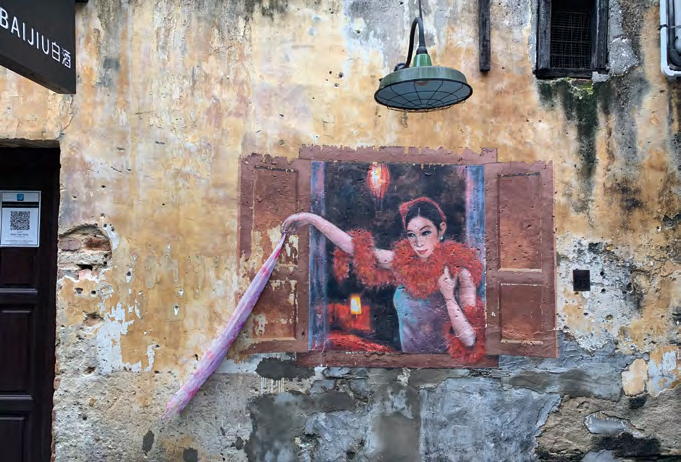Abstract: “Chinatown” in Kuala Lumpur, Malaysia, was formed by the Chinese tin-mining community before Malaysia was established. It has managed to sustain its collective memory rooted in the past, while embracing widespread development in the country. This ongoing study investigates the survival of this collective memory under the pressure of regeneration. The research examines the conceptual framework of collective memory, which is influenced by the citizens and their surroundings, diachronicity, and synchronicity. The methodology comprises examining past images and official blueprints of the area’s layout, evaluating the spatial configuration in Chinatown, and reviewing the literature. It is, therefore, crucial to analyze and evaluate the conceptual structural framework of the connections among the communities, place, and time that sustain the collective memory of a place and their influence, rather than turning them into a memorial that is frozen in time.
 Regeneration in Chinatown, Kuala Lumpur
Regeneration in Chinatown, Kuala Lumpur

.jpg)










 loading......
loading......